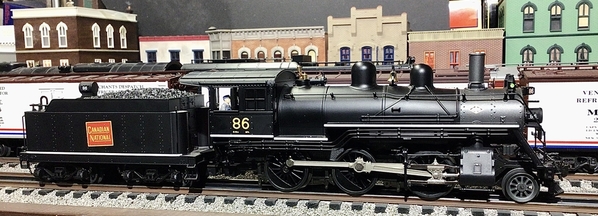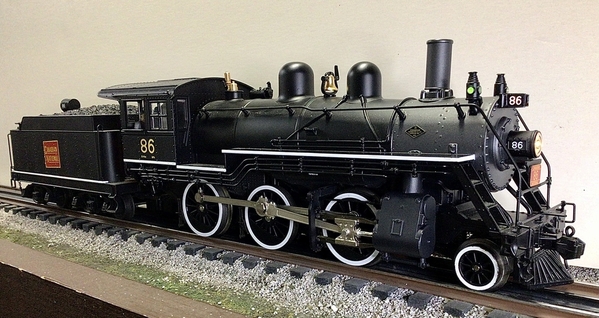While the Mogul model in Lionel’s latest catalog is being discussed, and aside from all the attention to ‘detail’ (or lack thereof), I note in the introductory paragraph on page 28 it states that it features “an improved back drivable gearbox” and on page 31 one of the orange highlighted features is “New Gearbox Design.”
Does anybody - particularly the likes of @Norton, @harmonyards or @gunrunnerjohn - know the specifics of what Lionel has done to improve the gearbox on this model? It made me think of the ‘Spacer’ issue that Pat (@harmonyards) identified last year on previous models, and for which he came up with a solution.
Thanks to anyone and everyone who may know more about this particular aspect.
As Pete said, we can only guess how this box will be designed, ….and to discuss the back drive “ feature”, ……my theory on back drive is it’s more of a by-product than a feature,…..if you really think about it, and do the timeline math, this all goes back to the same time Pittman’s exodus ( in haste mind you) from the hobby world, …I don’t think the gene pool is too deep for a star stellar motor, ….add to that, right around the time of Legacy control, so now you have a million speed steps, but lessor motors that can’t produce the smooth low rpm torque, …..so to overcome this, they’ve adopted the compound gear box that we’re seeing show up in some engines, ….there are some locomotives with out compound gear boxes in the legacy steamer line, but they do have back drive as well,….with speed steps so low, it’s those first revolutions of the motor vs. engaging the gear box to roll the wheels that’s so crucial for legacy performance ( and marketing) ……..so if you eliminate that torque necessary to turn a gear box by making it fluid smooth, the motor can continue to spin, and reduce that dreaded cog affect ……I’ve used a couple legacy chassis in some upcoming builds, and I can tell you even with ERR speed step 1 is wicked smooth, naturally, this is the best of the best, legacy gear boxes ( for lack of a better term ) and Pittman power…..however, we’ve already proven performance upgrades in quite a few Legacy engines by ditching the Cannon for a Pittman, …one thing that hasn’t been mentioned when a few of us swapped out Cannons for Pittmans, was the performance upgrade we noticed, especially in the lower speed steps ….I don’t think any of us touched upon this, but I believe my buddy Lou did mention this when he voided the warranty on a large Legacy steamer,…but back to the Mogul, Pete’s the one that figured the first Legacy Mogul’s short coming and implemented the fix for those …..I believe he said they’re pretty smooth after dealing with clumsy rod bushings???…….so it’ll be interesting to see what they’ve done to this new mogul,…..We’ll have to tempt Alex M. Into opening one up for us!…☺️
Pat















